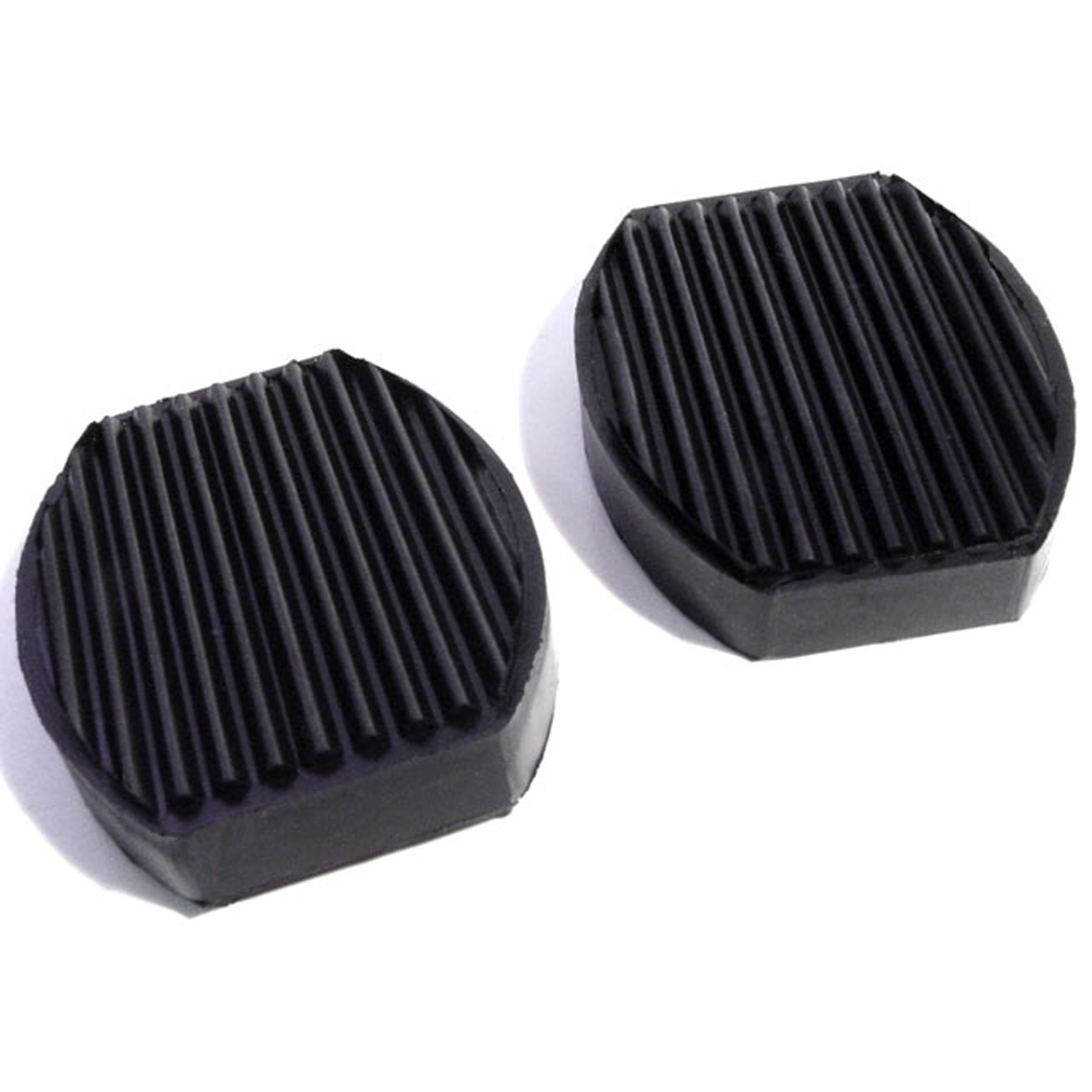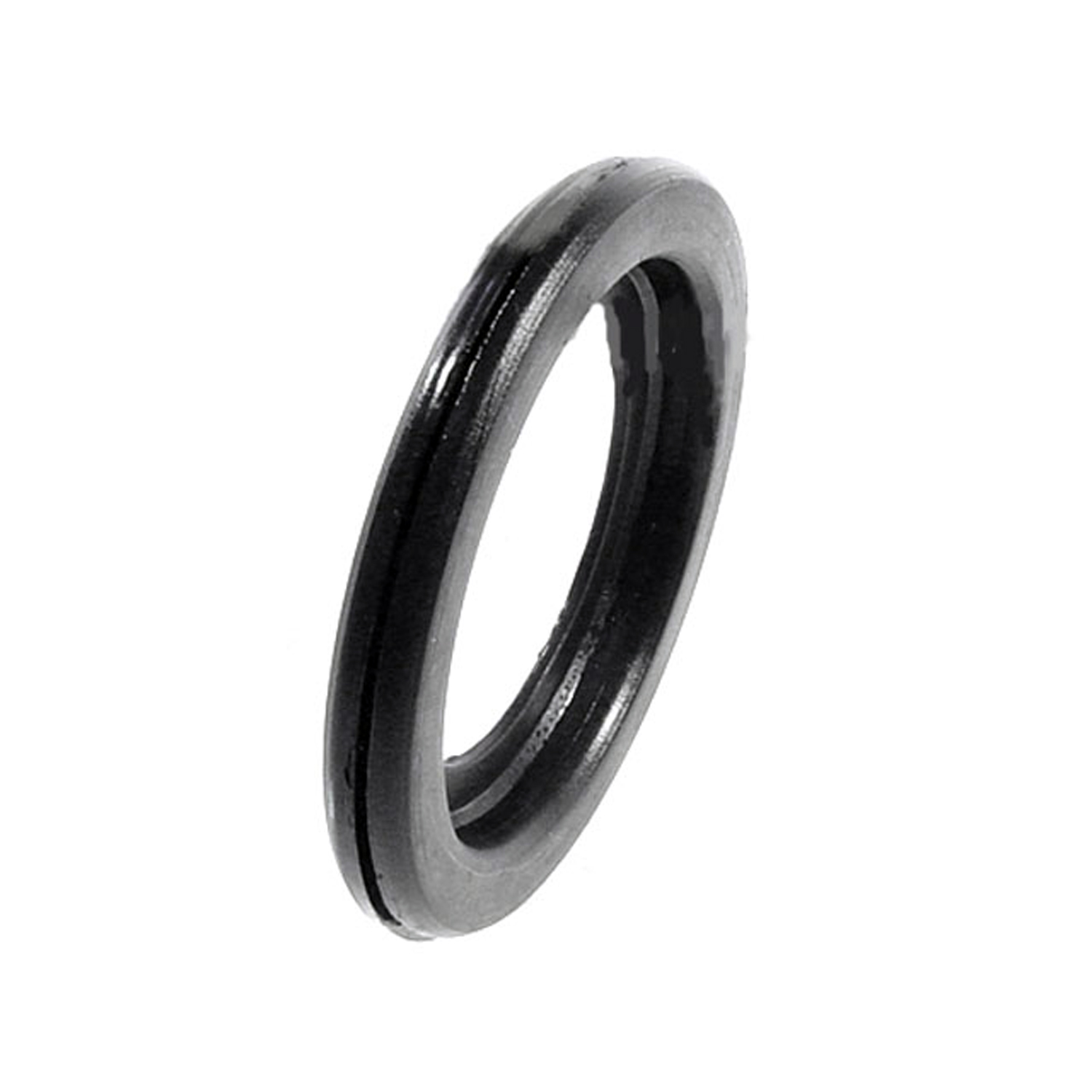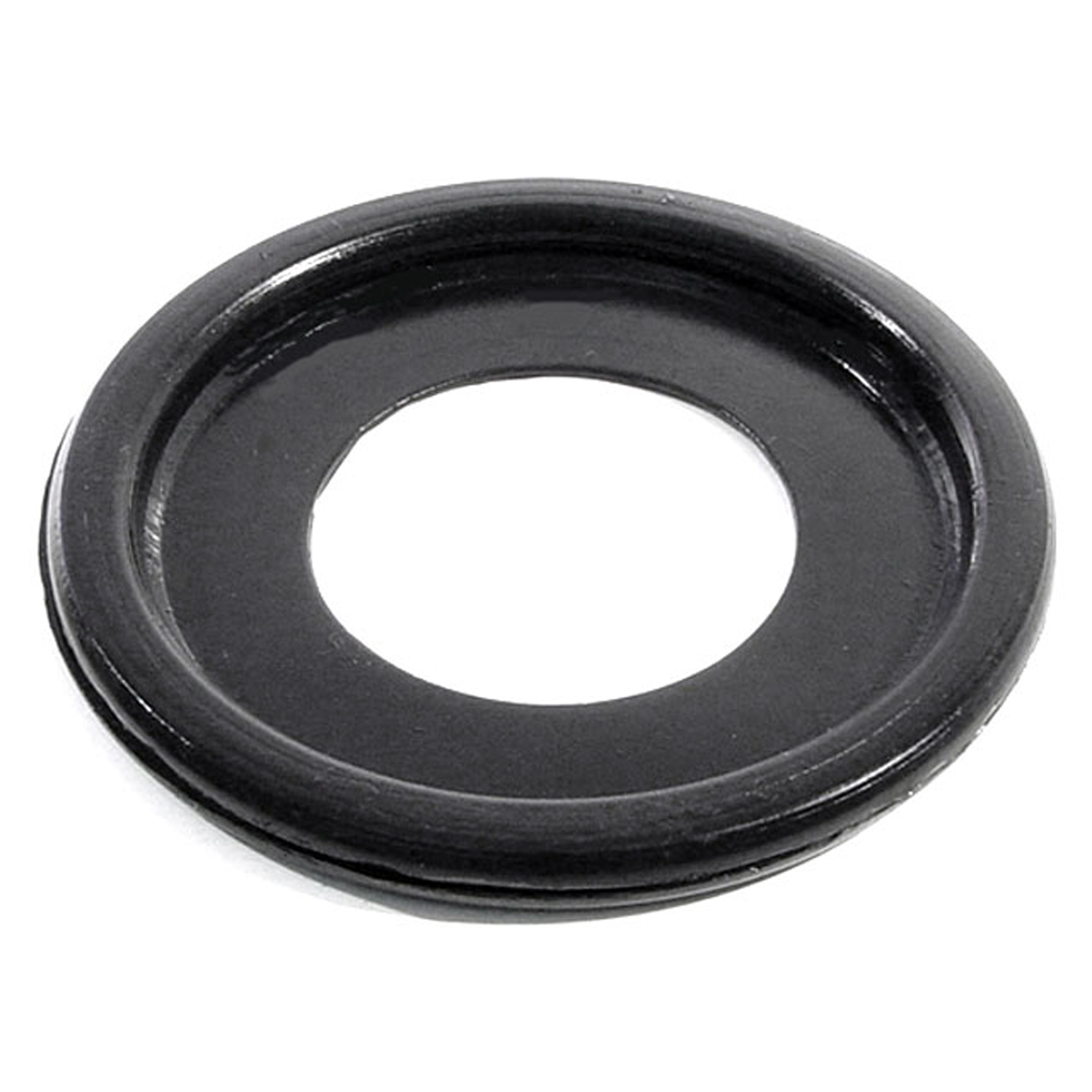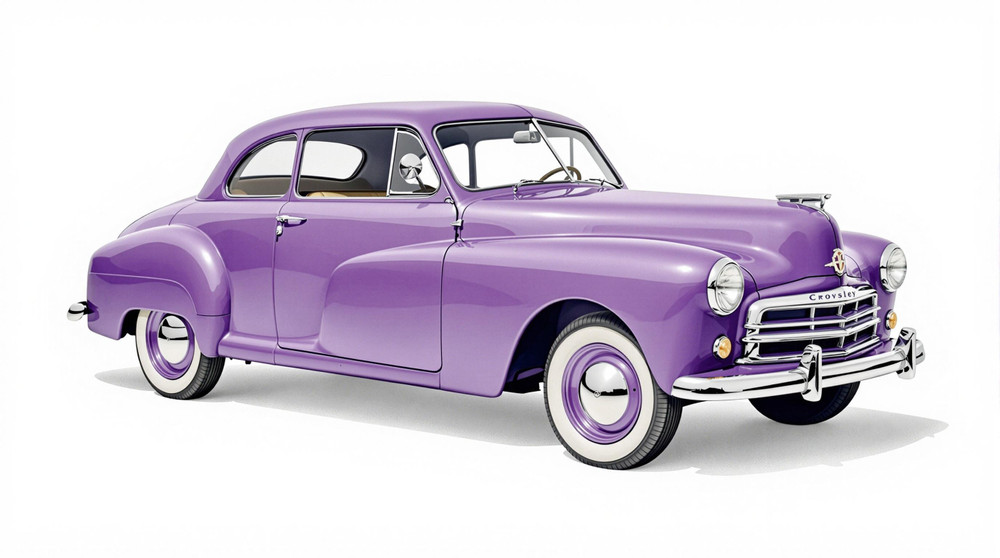Image of 1951 Crosley Standard, Note: These illustrations use artistic license and may differ from actual historical models.
Performance Metrics
Fundamental Metrics
Emotional Appeal
MMP Rating
| Engine Specifications | |
|---|---|
| Engine: | 4-cylinder |
| Displacement: | 44 cubic inches |
| Horsepower: | Estimated 26.5 horsepower |
| Torque: | 32 lb-ft |
| Compression Ratio: | Estimated 7.0:1 |
| Ignition System: | Battery Ignition |
| Cooling System: | Water-cooled |
| Performance Specifications | |
| 0-60 Time: | Not available due to the vehicle's age and limited performance data |
| 1/4 Mile Time: | Not available due to the vehicle's age and limited performance data |
| Top Speed: | 50 mph |
| Transmission and Drive | |
| Drive Type: | Rear-wheel drive |
| Transmission Type: | 3-speed manual |
| Fuel and Efficiency | |
| Fuel System Type: | Carburetor |
| MPG: | Estimated 35 mpg |
| Dimensions and Brakes | |
| Brakes: | Hydraulic drum brakes |
| Wheelbase: | 80 inches |
| Weight: | 1,100 lbs |
Note: Specifications for classic cars are given to the best of our ability, considering the limited and variant data available.
1951 Crosley Standard: A Pint-Sized Pioneer
The 1951 Crosley Standard might have been small in stature, but it was a giant leap in the post-war American automotive landscape. Born from the vision of industrialist Powel Crosley Jr., known for his innovations in radio and appliances, the Crosley car was a product of the Crosley Motors Incorporated. This compact vehicle emerged at a time when America was just beginning to shake off the austerity of wartime and embrace the burgeoning consumer culture.
One unique fact about the 1951 Crosley Standard is that it was among the first American cars post-World War II to offer disc brakes, an innovation that wouldn't become common until decades later. This feature alone places the Crosley ahead of its time and marks a notable moment in its history.
Design and Innovation
The exterior styling of the 1951 Crosley Standard was distinctive, with its rounded fenders, simple grille, and compact dimensions. It exuded a certain charm that was both utilitarian and endearing. Inside, the interior was Spartan yet functional, with materials chosen for durability rather than luxury. The dashboard was uncluttered, featuring only essential gauges and controls.
Technologically, aside from its pioneering disc brakes, the Crosley Standard boasted overhead camshaft engines at a time when such designs were reserved for high-performance vehicles. Color options were limited but vibrant, reflecting the optimism of the era with popular choices including bright reds and blues. The most iconic body style was arguably the two-door sedan, which balanced practicality with a hint of sportiness.
Historical Significance
The 1951 Crosley Standard's impact on automotive design was more evolutionary than revolutionary. Its compact size previewed America's interest in smaller cars, which would become more pronounced in later decades. The introduction of disc brakes set a precedent that would eventually lead to widespread adoption due to their superior stopping power.
Performance and Handling
Performance-wise, the Crosley Standard's lightweight design allowed its modest engine to deliver adequate performance for its era. Top speed wasn't breathtaking by today's standards, but it was sufficient for the roads of the early 1950s. Acceleration from 0-60 mph was not a benchmark for cars like this at the time; instead, fuel efficiency and maneuverability were more significant selling points.
The driving experience of the Crosley Standard was unique. The engine's hum was more akin to an eager sewing machine than a roaring beast. Handling was nimble due to its light weight, making it well-suited for city driving and tight spaces. However, drivers had to be mindful of its limitations on rougher roads or in windy conditions.
Ownership Experience
The 1951 Crosley Standard served as an economical daily driver for many Americans. Its simplicity meant maintenance could often be handled by owners themselves, contributing to its reputation for reliability. However, parts availability has become more challenging over time as fewer companies specialize in Crosley components.
Fun Facts
Crosleys were sometimes used in racing due to their lightweight construction, particularly in SCCA H-modified class events where they achieved some success. Criticisms often centered around their diminutive size and perceived lack of power compared to larger American cars of the era.
Collector's Information
Today, a 1951 Crosley Standard is a rare sight with estimates suggesting that only several thousand were produced across all models during that year. As collectibles, they can fetch anywhere from $10,000 to $25,000 depending on condition and originality. The market trend for these vehicles seems stable with a slight appreciation due to their rarity and historical significance.
Conclusion
The 1951 Crosley Standard may not have been a sales juggernaut or an engineering marvel by modern standards, but it carved out a niche that makes it memorable even today. It stands as a testament to innovation during a transformative period in American automotive history—a pint-sized pioneer that dared to be different.
1951 Crosley Standard Catalog of Parts
 1951 Crosley Standard Clutch and Brake Pedal Pads. 2-5/16" wide X 2-3/4" long-CB 104Clutch and Brake Pedal Pads. 2-5/16" wide X 2-3/4" long. Pair
1951 Crosley Standard Clutch and Brake Pedal Pads. 2-5/16" wide X 2-3/4" long-CB 104Clutch and Brake Pedal Pads. 2-5/16" wide X 2-3/4" long. Pair 1951 Crosley Standard Gas Filler Grommet. Two used per car. 1-3/8" I.D-GF 33Gas Filler Grommet. Two used per car. 1-3/8" I.D., 2-3/8" O.D. Each
1951 Crosley Standard Gas Filler Grommet. Two used per car. 1-3/8" I.D-GF 33Gas Filler Grommet. Two used per car. 1-3/8" I.D., 2-3/8" O.D. Each 1951 Crosley Standard Gas Filler Grommet. 1-1/4" I.D., 2-11/16" O.D. Each-GF 34Gas Filler Grommet. 1-1/4" I.D., 2-11/16" O.D. Each
1951 Crosley Standard Gas Filler Grommet. 1-1/4" I.D., 2-11/16" O.D. Each-GF 34Gas Filler Grommet. 1-1/4" I.D., 2-11/16" O.D. EachWhy Choose Metro?
For over 100 years, Metro Moulded Parts has been the pinnacle of quality in classic car restoration parts. Our commitment to precision and authenticity in every component ensures a perfect fit and an OEM-level appearance.
- Expert Craftsmanship & Quality: Each part is a testament to our dedication to reliability and perfection, crafted from original designs and thoroughly tested.
- Advanced Technology: We use cutting-edge techniques to create flawless, long-lasting parts that surpass others in performance.
- SuperSoft Sponge – The Ultimate Door Seal: Not only are our door seals 30% softer than competitors', but they're also guaranteed to never leak. They effectively reduce wind and road noise, enhancing your classic car's comfort and driving experience.
- Proudly American: Our parts are a product of American craftsmanship, made in the USA with a spirit of excellence and heritage.
- Unrivaled Warranty: We back our products with a 30-year industry-leading warranty, a testament to our confidence in their quality.
Join us in preserving the legacy of classic cars with parts that are crafted for perfection, not just made.

